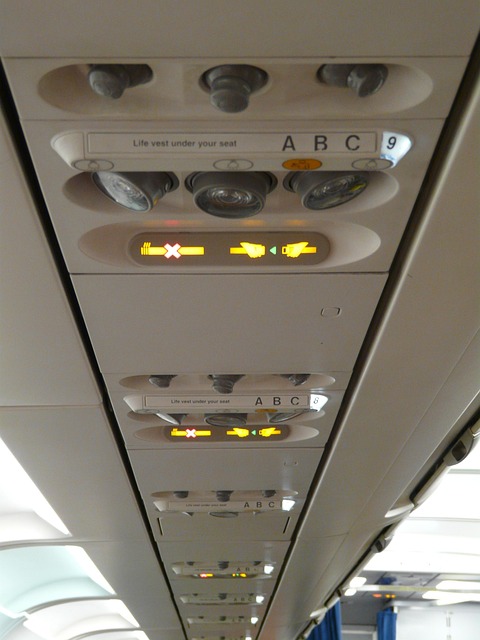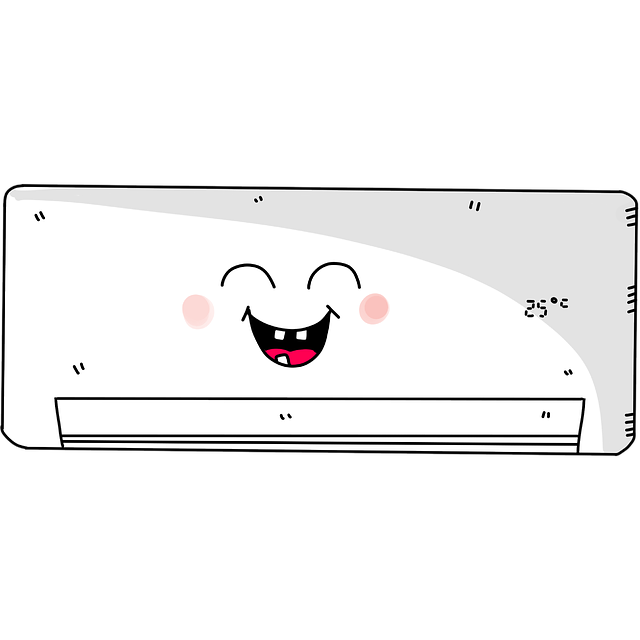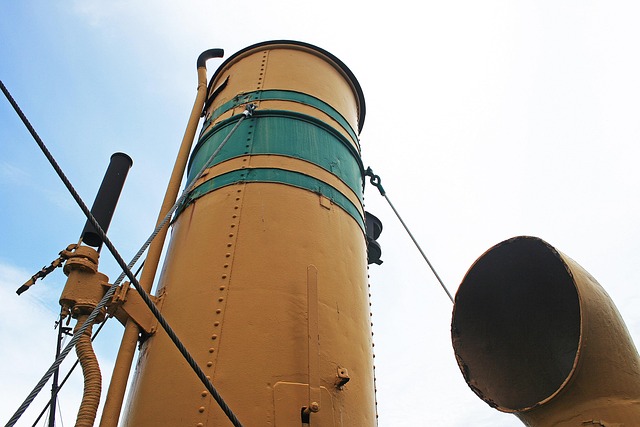Mold spores, microscopic particles from fungi, are silent contributors to indoor air pollution, impacting health significantly. They disperse through air currents, ventilation, and human movement, accumulating in poorly ventilated areas like laundry rooms, bathrooms, and kitchens. Factors like humidity, temperature, and circulation affect spore behavior. Mitigating risks involves controlling indoor moisture (maintaining 30%-50% humidity), ensuring proper ventilation, promptly addressing mold growth, and regular cleaning to improve indoor air quality. Efficient ventilation dilutes spores, while stagnant areas or warm, humid conditions promote concentration and growth. Promptly fixing leaks, using dehumidifiers, and adopting good cleaning practices create healthier indoor environments by minimizing both mold presence and associated health hazards.
Discover how mold spores, invisible adversaries, navigate your home’s indoor air in this comprehensive guide. Explore the intricate behavior of these microscopic particles, stemming from various indoor sources, and their remarkable ability to disperse through complex air circulation patterns. Understand the factors amplifying their presence, from humidity levels to ventilation systems. Learn crucial strategies for mitigating mold growth and minimizing exposure risks associated with indoor air pollution.
- Understanding Mold Spores and Their Behavior
- Sources of Mold Spores Indoors
- The Role of Indoor Air Circulation
- Factors Affecting Mold Spores' Distribution
- Mitigating Mold Growth and Exposure Risks
Understanding Mold Spores and Their Behavior

Mold spores are microscopic particles that play a significant role in indoor air quality and health issues related to indoor air pollution. These spores are produced by fungi, which naturally grow in various environments, including homes and buildings. When mold grows indoors, its spores become airborne, posing potential risks to occupants. Understanding how these spores travel through indoor spaces is crucial for mitigating their impact on human health.
Mold spores have a remarkable ability to disperse and survive in different conditions. They can spread through simple movements of air currents, ventilation systems, or even when people move around. In poorly ventilated areas, mold spores may accumulate, increasing the risk of inhalation. The behavior of these spores is influenced by factors like humidity levels, temperature, and air circulation. Controlling indoor moisture, ensuring proper ventilation, and promptly addressing any signs of mold growth are essential strategies to minimize the presence of these potentially harmful spores in the air we breathe indoors.
Sources of Mold Spores Indoors

Mold spores, often considered a silent invader, find their way into homes and buildings through various means, posing potential health risks to occupants. Indoor air pollution, a growing concern, is significantly contributed to by these microscopic travelers. Sources of mold spores indoors are diverse and can include both visible sources and hidden pockets of growth. Water-damaged areas, such as leaky roofs or plumbing issues, serve as fertile grounds for mold proliferation, releasing a cloud of spores into the air. Even after the initial water source is fixed, the mold may remain hidden behind walls or in crawl spaces, continually dispersing spores that circulate with indoor air movement.
Beyond obvious sources, everyday activities contribute to the spread of mold spores. Simple actions like cleaning, remodeling, or even cooking can disturb settled spores, sending them floating through the air. Since mold thrives in damp environments, laundry rooms, bathrooms, and kitchens are common hotspots for spore emission. Poor ventilation further exacerbates the issue, trapping these microscopic pollutants and increasing indoor air pollution levels, affecting the health of residents and potentially leading to a range of respiratory issues.
The Role of Indoor Air Circulation

Indoor air circulation plays a pivotal role in how mold spores travel and disperse throughout a space, affecting both air quality and potential health risks associated with indoor air pollution. Mold spores, being microscopic and lightweight, can easily become airborne and spread across rooms via ventilation systems, openings, or even simple movement of people and objects. Understanding this dynamic is essential for maintaining a healthy indoor environment, especially in spaces where moisture levels are high, as these conditions favor mold growth.
Effective circulation helps to break up spore clusters, diluting their concentration and reducing the risk of inhalation. Ventilation systems designed to circulate air throughout a building can aid in removing contaminated air and replacing it with cleaner outdoor air, thereby minimizing mold-related issues. Properly maintaining and regularly cleaning these systems is crucial to ensure they function optimally, contributing to better indoor air quality and mitigating health concerns linked to prolonged exposure to mold spores.
Factors Affecting Mold Spores' Distribution

Mold spores, invisible to the naked eye, navigate and settle in complex ways within indoor environments, contributing to what is increasingly recognized as indoor air pollution. Several factors significantly influence their distribution. Firstly, air currents and ventilation play a pivotal role. Poor ventilation systems or stagnant areas within a building can trap mold spores, increasing their concentration. Conversely, efficient air circulation helps dilute and disperse these spores, reducing their impact on indoor air quality.
Temperature and humidity levels also dictate mold spore behavior. Warmer, more humid conditions are ideal for mold growth and spore production. In such environments, mold thrives, releasing vast numbers of spores into the air. In contrast, lower humidity or temperature fluctuations can inhibit mold development, decreasing spore release. Understanding these factors is essential for creating healthier indoor spaces, especially in regions with diverse climatic conditions.
Mitigating Mold Growth and Exposure Risks

To mitigate mold growth and exposure risks associated with indoor air pollution, it’s essential to address moisture issues promptly. Mold thrives in humid environments, so maintaining optimal humidity levels—typically between 30% and 50% relative humidity—is crucial. Regularly checking and repairing leaks, improving ventilation, and using dehumidifiers in affected areas can significantly reduce moisture levels, hindering mold growth.
Additionally, proper cleaning and maintenance practices play a vital role. Regularly cleaning surfaces with mild disinfectants and ensuring thorough drying can prevent mold spores from taking root. It’s also important to promptly address any water damage or excessive moisture, as these conditions create breeding grounds for mold. By implementing these measures, individuals can create healthier indoor environments, minimizing both mold growth and the potential health risks associated with exposure to mold spores in indoor air.






